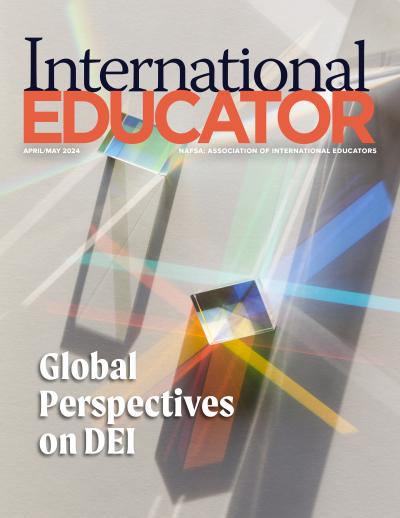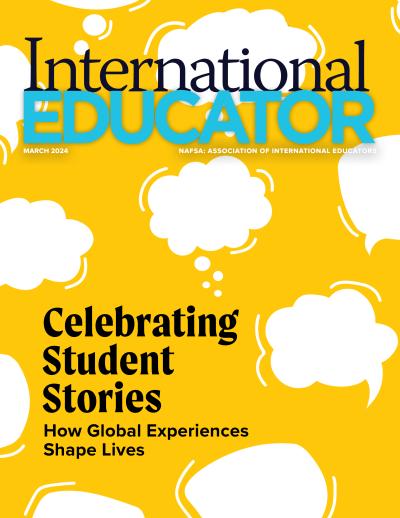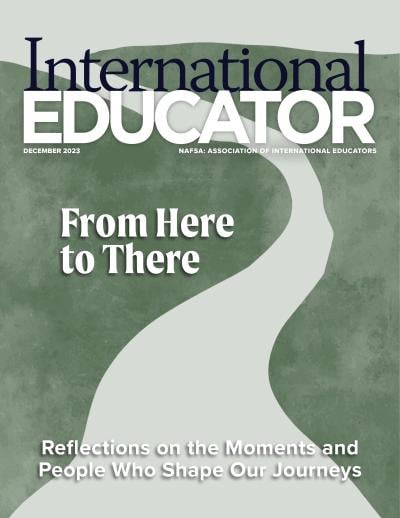Internationalization, Interrupted
At the beginning of March, officials at Wayne State University made what was at the time a difficult decision. They canceled all short-term study abroad programs for the spring semester and almost immediately received pushback, says Ahmad M. Ezzeddine, associate vice president of educational outreach and international programs.
“None of the programs were in high-risk areas—no one was going to Italy or China,” he says. “People were asking, ‘Why? There’s nothing going on in Paris, nothing going on in Brazil.’” But, Ezzeddine adds, “things started escalating very quickly.”
As the COVID-19 pandemic exploded globally through March, the weeks that followed were a blur for most international offices. Institutions across the country—and across the globe—canceled in-person classes, sent many domestic and international students home, and sought to bring back those in study abroad programs.
“Our usual tools of predicting the directionality [of the outbreak] have broken down,” says Jeffrey M. Riedinger, vice provost for global affairs at the University of Washington (UW), which canceled all outbound programs for the spring quarter and strongly encouraged students studying abroad in semester-long programs to return home.
At New York University (NYU), located in what has since become the global epicenter of the coronavirus outbreak, as many as 15,000 of the institution’s nearly 20,000 international students and scholars returned to their home countries, according to Sherif Barsoum, assistant vice president for global services.
“We had to update our contingency plans to fit the COVID-19 reality,” he says. “Every day there was something new—one country closing














